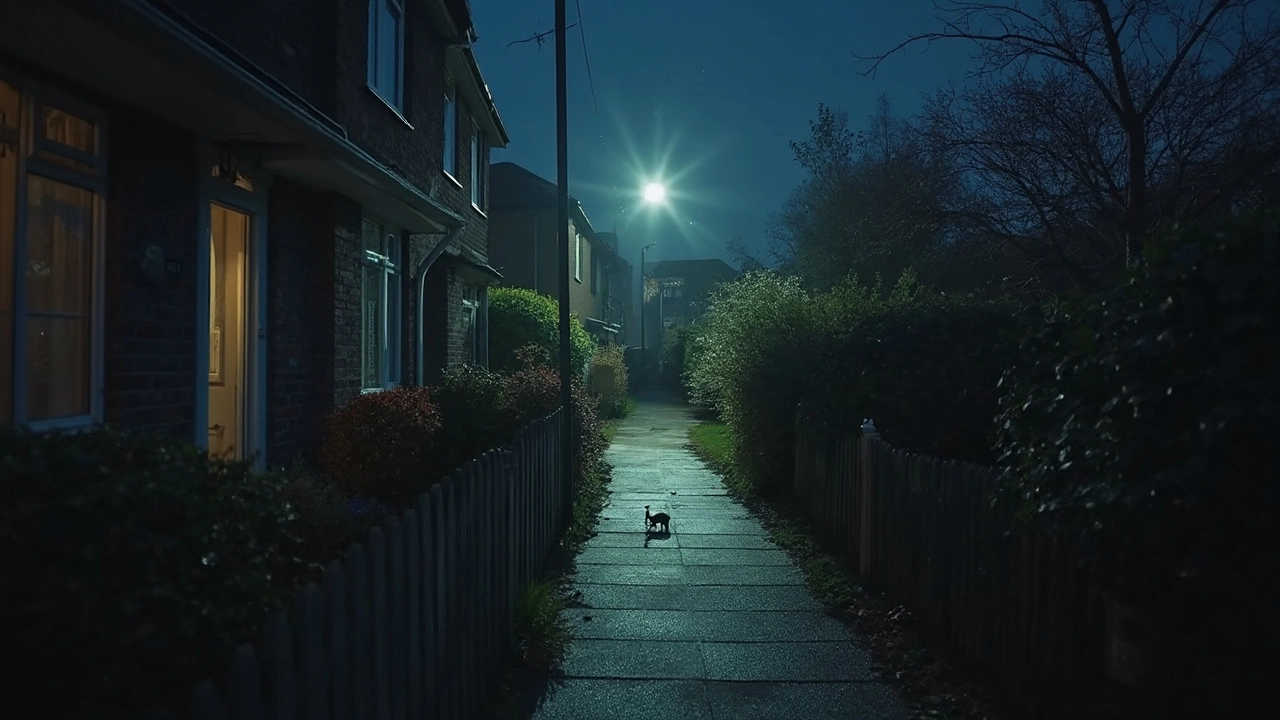Good picture quality makes a huge difference whether you’re watching a live feed or snapping a night shot on your phone. You don’t need pricey gear to get clear images – just a few smart choices can lift your results.
Higher resolution means more detail, but it also needs more storage and bandwidth. For most home setups, 1080p is a solid balance; it’s clear enough for faces and license plates while keeping file sizes manageable. If you want ultra‑sharp detail for a business site, 4K cameras are worth the extra cost.
Phone cameras work similarly. Choose a phone with a larger sensor (above 1/2.3") for better low‑light performance. Bigger sensors gather more light, which translates to less grain when the lights go down.
Lighting is the secret sauce for crisp images. Position security cameras where they can catch ambient light – near street lamps, porch lights, or reflective surfaces. If you’re covering a dark area, look for cameras with infrared (IR) LEDs. IR adds invisible light that the camera can read, giving you black‑and‑white clarity in the dark.
Smartphone night mode does the same thing electronically. It stacks multiple exposures to brighten the scene without blowing out highlights. To get the best night shots, keep the phone steady and let the mode do its work – no need to tap flash unless you really need a bright burst.
Another easy win is to avoid back‑lit shots. When a light source sits behind the subject, the camera struggles to expose properly, resulting in silhouettes. Move the camera or the subject, or use a reflector to bounce light forward.
For security cameras, make sure the lens is clean. Dust or fingerprints can soften the picture, especially when the camera is far away. A quick wipe with a microfiber cloth each few months keeps the view sharp.
When setting up a phone for video, enable the highest frame rate your device allows (30 fps or 60 fps). Higher frame rates make motion look smoother, which is helpful if you’re recording fast action or a moving intruder.
Finally, test your settings. Walk around the area, check the live feed, and adjust brightness or contrast if the image looks washed out. Small tweaks in the camera’s app can improve visibility dramatically.
By focusing on resolution, smart lighting, clean lenses, and proper settings, you’ll get clearer, more useful footage from both security cameras and your phone’s camera. No need for complex jargon – just a few practical steps and you’re set for better images every day.

If your security camera leaves you staring at blurry blobs and shadows at night, it’s not just you—it's a common struggle. This article breaks down what actually helps night vision cameras see better after dark and clears up some myths. You'll learn how light tricks, smart settings, and some surprising add-ons can sharpen your nighttime footage. Whether you’re tired of guessing if that’s a raccoon or just your neighbor's cat, you’ll find practical fixes right here. Skip the guesswork and get more out of your camera when the sun disappears.